It’s our jobs as designers to consider what happens to the rain that falls on your property. If you see rain in California as a valuable resource (which most of us do) and you’d like to learn how you can do your part to create a sustainable environment right on your property, here’s how!
After attending a seminar with water-shed experts at G3 Green Garden Group, I was excited to finally have the correct terminology for this type of landscape design. For years, I designed these types of gardens and simply called it sustainable landscaping… and that was a catch phrase that didn’t resonate with all clients.
However, keeping as much rainfall as possible on your property through the water-shed landscaping approach is an ideal choice for every client because it helps with:
- Preventing water and air pollution. When rain is allowed to stay onsite, it doesn’t go in to the storm drains causing floods or contributing to wasted energy needed for treating storm water (saves energy and therefore air quality too).
- Restoring the hydration and life of the soil, and attracting essential life into the garden. We all know that plants need water. By recharging the groundwater, we help grow healthier plants that in turn will draw in vital pollinators that create ecosystems.
- Carbon sequestering. Plants help counter balance dangerous CO2 carbon emissions.
So how can clients treat their property like a mini-watershed?
- Slow water down when it hits the property. Redirect your downspouts with rain chains that drip into a cobble area or with other diversions into permeable catchment areas.
- Spread it out so that it’s beneficial to as many plants as possible. This means create a series of swales and berms to act as water diversions (move the water away from the house) and water basin (for percolation). Size your swales properly so that they can withstand the rainfall load from your downspouts. Also consider where overflow water will go in severe storms. A good 3-4” thick layer of mulch is recommended to slow down water and should be replaced every 1-2 years as needed.
- Sink water back into your landscape, not the storm drain. This is both an aesthetic and ecological opportunity to bring in the right plants to help “soak up” the water while enjoying the benefits that plants bring to our homes.
Does this approach cost more?
- Not typically. If we reuse all the soils onsite by creating swales and berms with zero soil dumping or new soils purchased, that saves money.
- Adding stone or cobble does up the budget, but these are a one time cost and they do add beauty to the space.


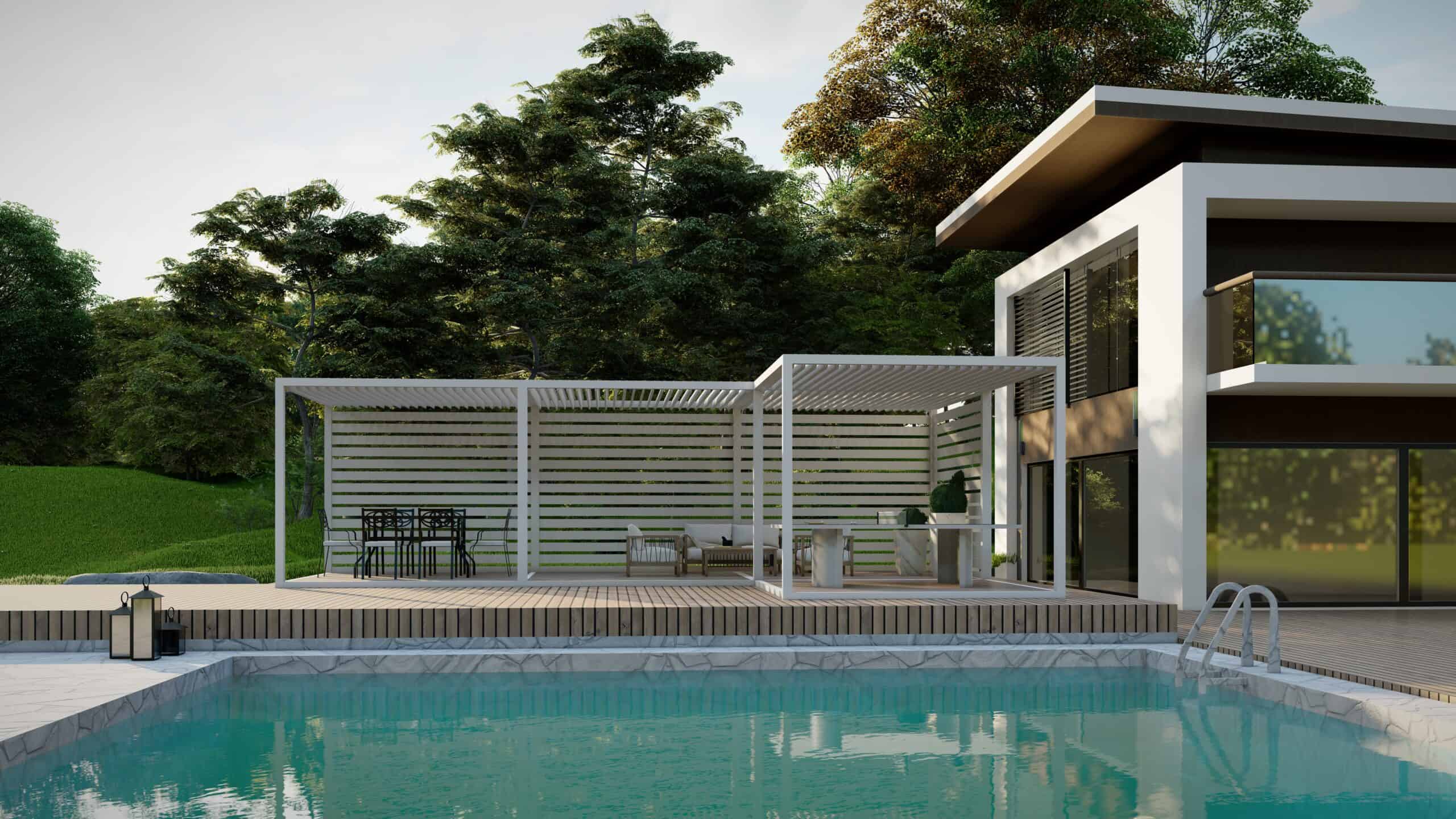
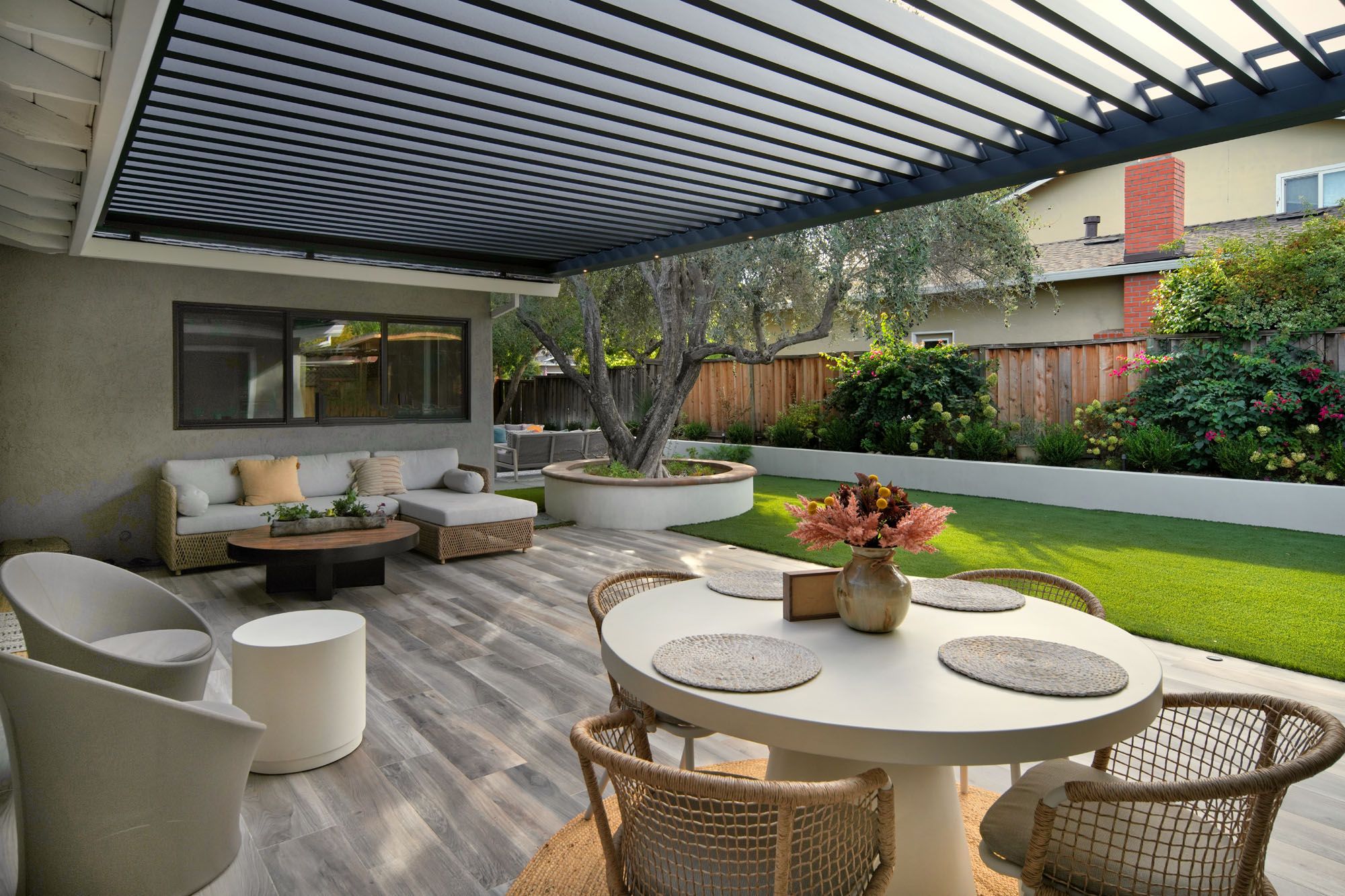
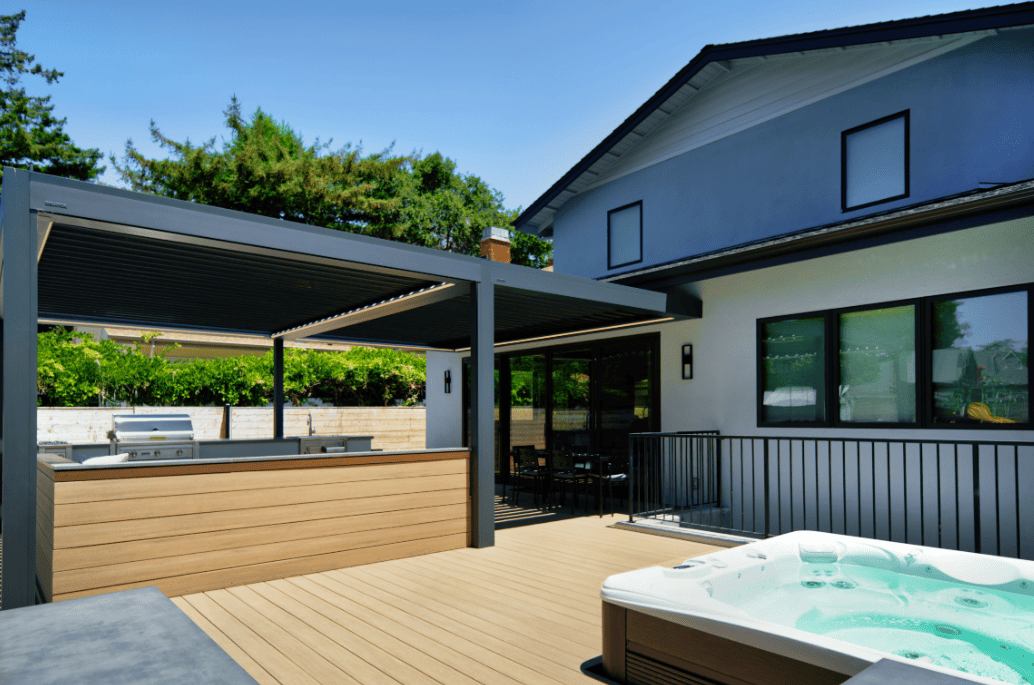
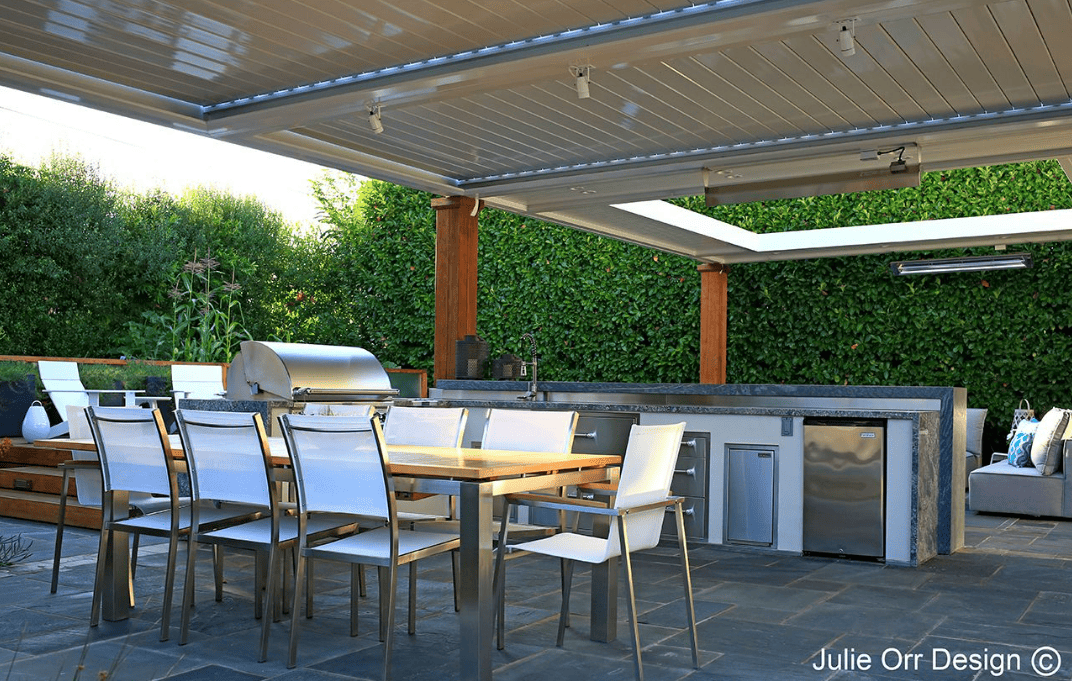
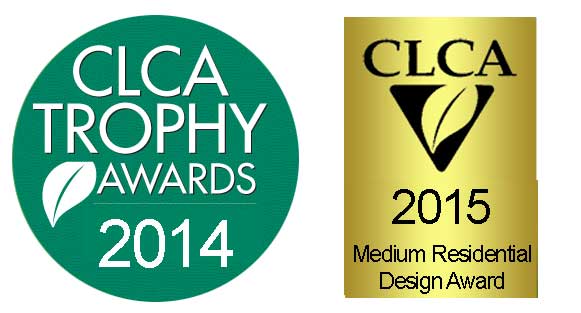

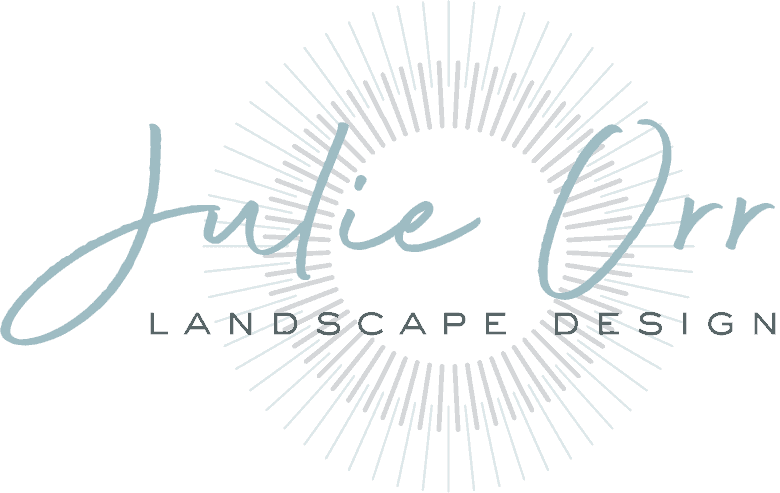
This makes so much sense in todays world. Wasting water trying to keep a lawn green where it wouldn’t naturally grow is a throwback to the gardens found in England centuries ago. Having to pay to use something that falls naturally onto your property is a bizarre concept to say the least.